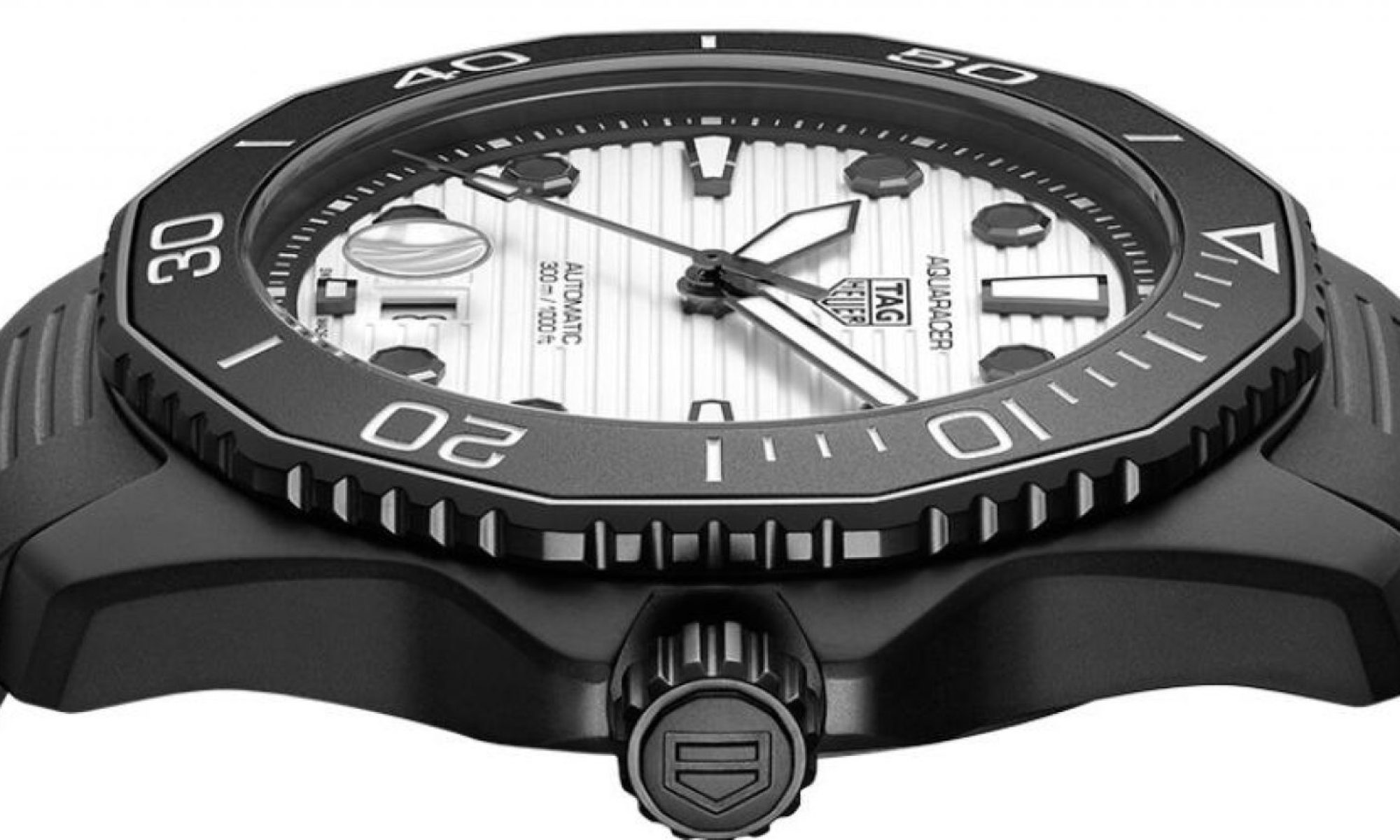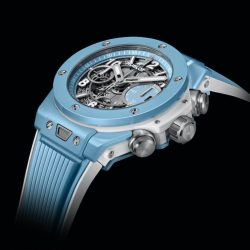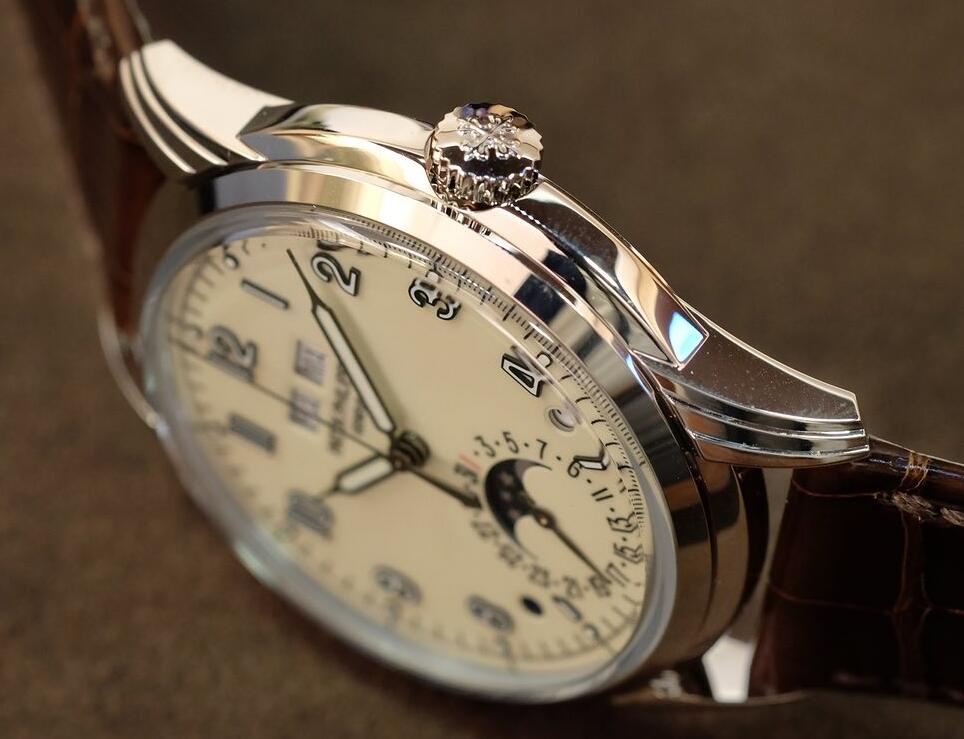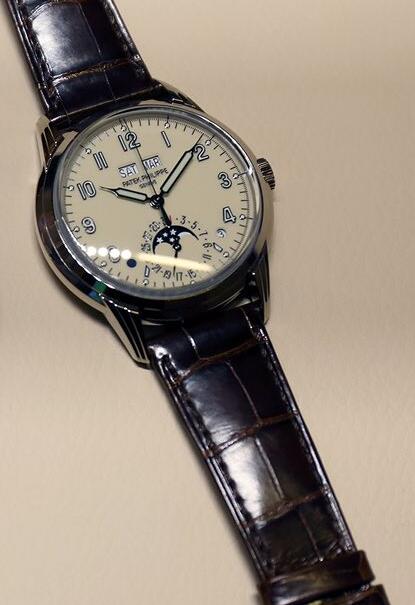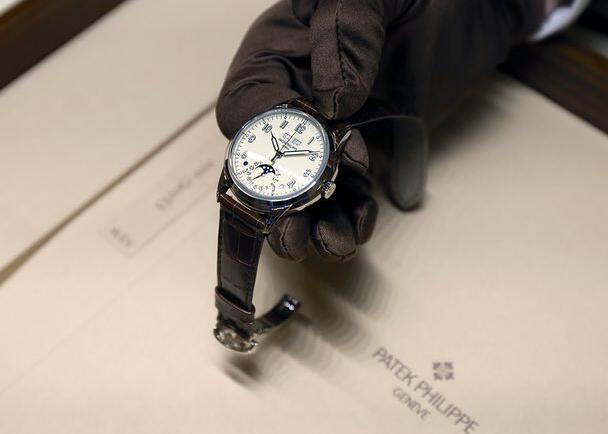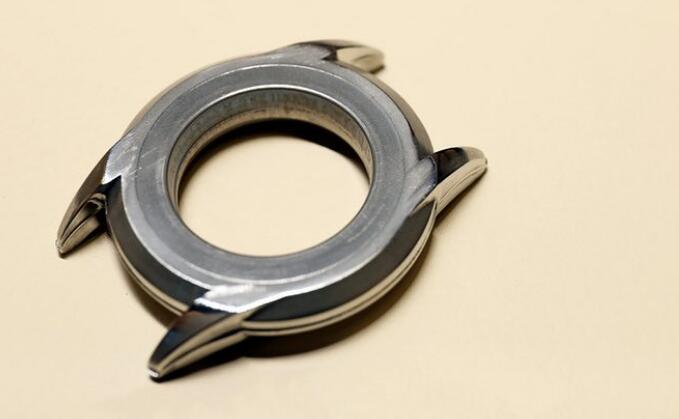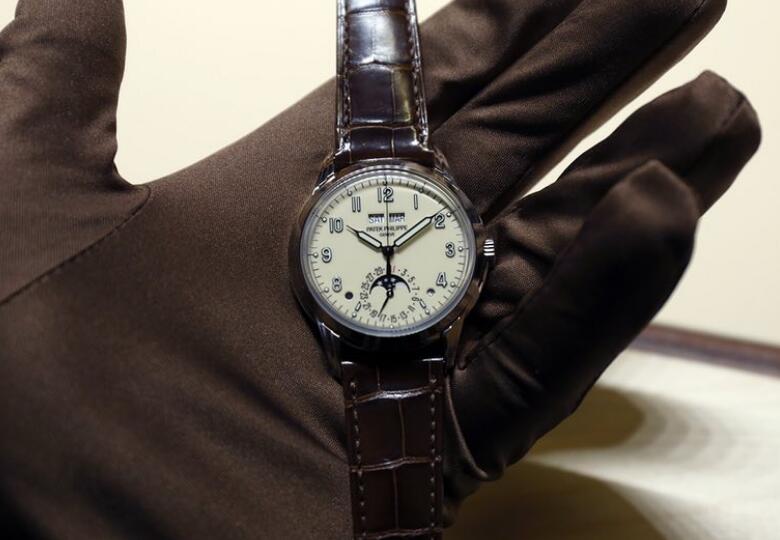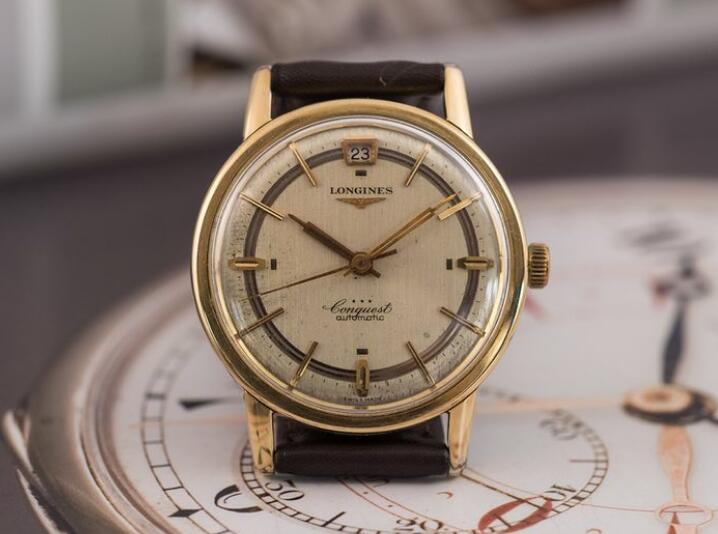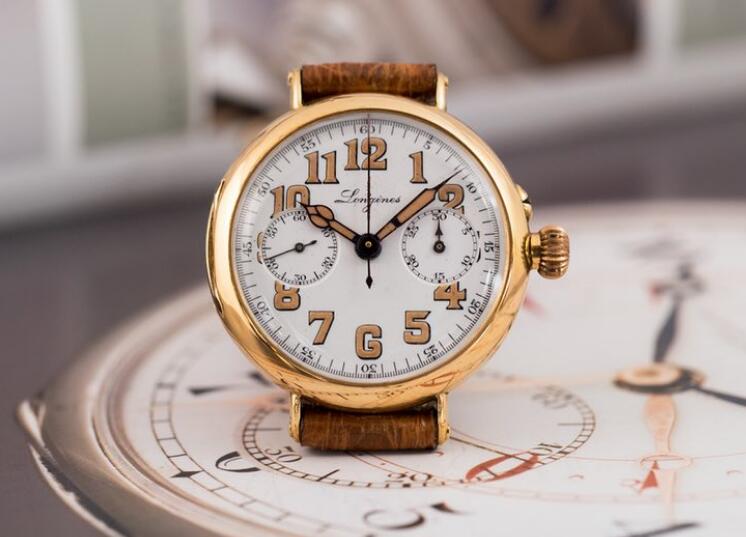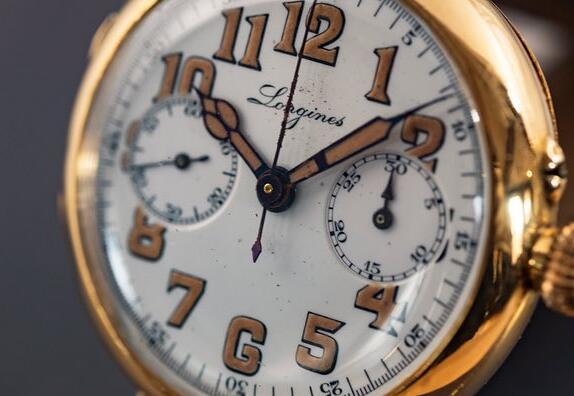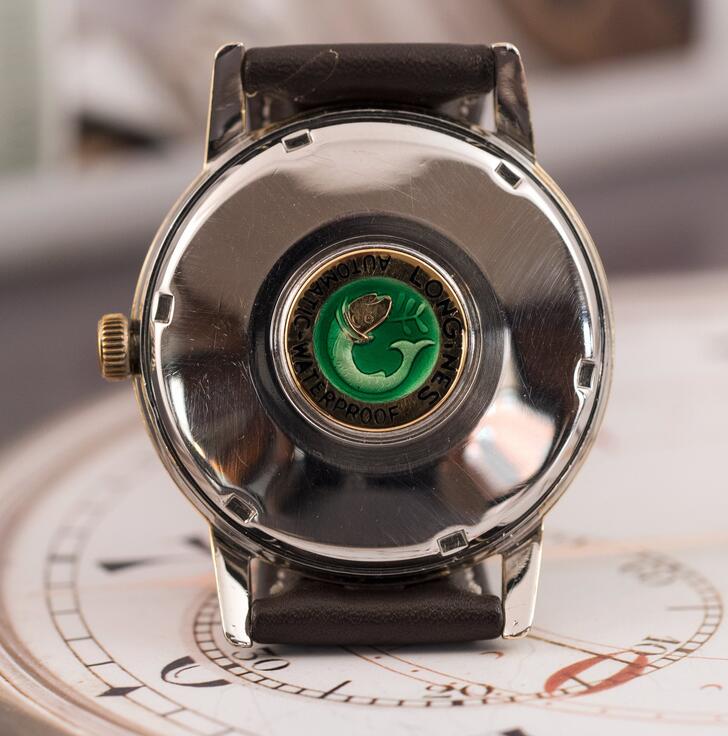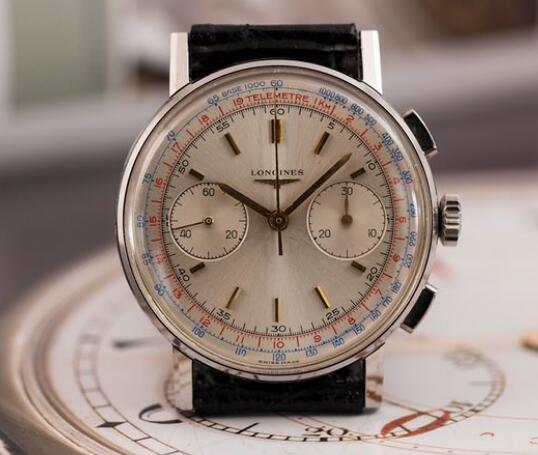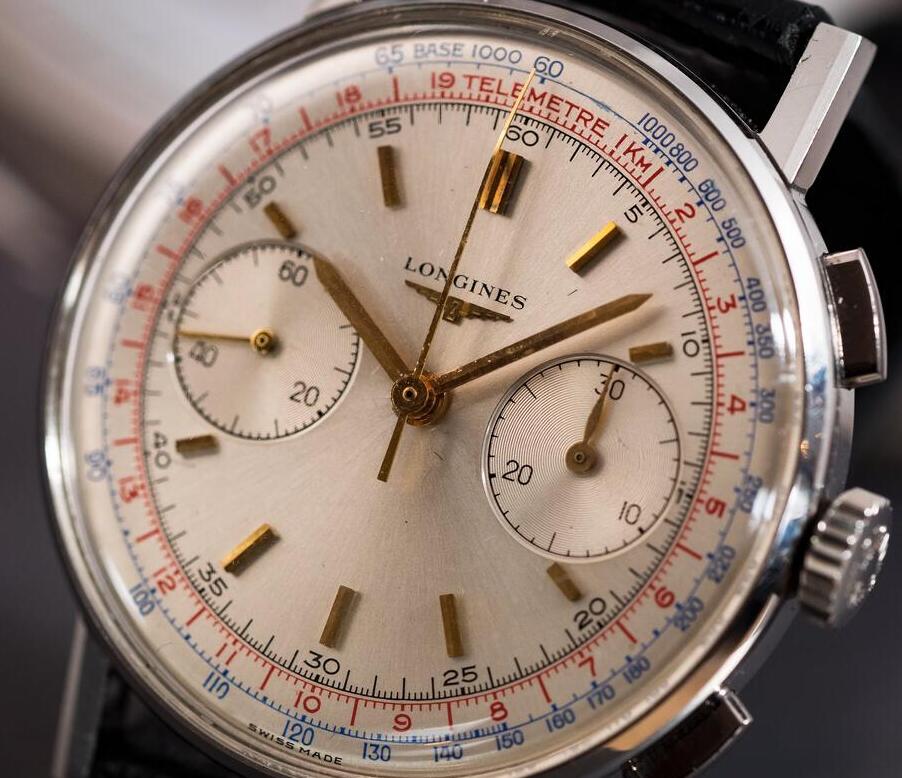The latest chapter of the collaboration between Richard Mille and Rafael Nadal – one of the most successful in the history of watchmaking – brings a tourbillon movement to new levels, especially in terms of shock resistance.
 A clear homage to Rafa’s native country, the striking red and yellow hues of the new yellow straps Richard Mille RM 27-03 Rafael Nadal copy watches are achieved by impregnating fine layers of silica just 45 microns thick with tinted resin according to a proprietary process developed in Switzerland that stacks the filaments in layers before heating them to 120 °C.
A clear homage to Rafa’s native country, the striking red and yellow hues of the new yellow straps Richard Mille RM 27-03 Rafael Nadal copy watches are achieved by impregnating fine layers of silica just 45 microns thick with tinted resin according to a proprietary process developed in Switzerland that stacks the filaments in layers before heating them to 120 °C.
 Once the composite is produced, many hours of milling and finishing operations are needed to produce the case and components.
Once the composite is produced, many hours of milling and finishing operations are needed to produce the case and components.
The quartz fibres used in this case, which is water resistant to 50 metres, offer a very advantageous strength/weight ratio, as well as being anallergic and highly resistant to UV rays. Its size is 47.77 mm x 40.30 mm x 12.75 mm.
But the main innovation of this Swiss Richard Mille replica watch with quartz fibres case lies in the capacity of its tourbillon calibre to withstand shocks up to 10,000 g’s.
This new threshold has been attained thanks to years of R&D and many hours of tests, particularly ‘pendulum impact testing’ which simulates the linear acceleration that occurs due to sudden movements or shock to the wearer.
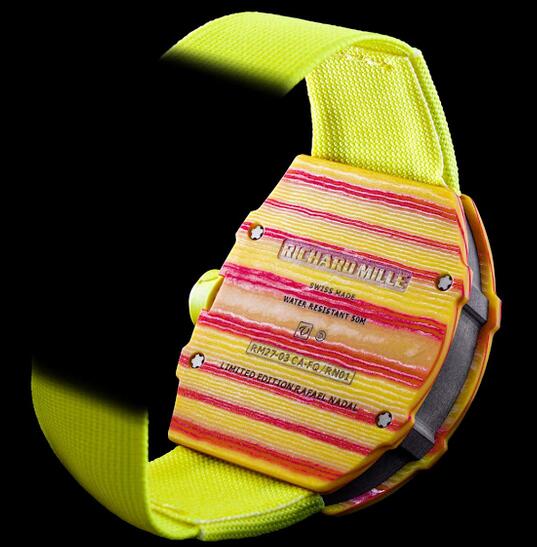 This exceptional resistance is achieved by assembly of the ultralight tourbillon calibre on the skeletonised unibody baseplate of Carbon TPT – the caseband has been eliminated – with a precision to the nearest micron, while the reduced number of components in this configuration permits additional weight savings, lightening the whole creative fake watch.
This exceptional resistance is achieved by assembly of the ultralight tourbillon calibre on the skeletonised unibody baseplate of Carbon TPT – the caseband has been eliminated – with a precision to the nearest micron, while the reduced number of components in this configuration permits additional weight savings, lightening the whole creative fake watch.
The finishing of the new RM 27-03 calibre is impressive with hand-polished tapered anglage and satin surfaces that set off the sparkle of finely microblasted elements.
The sharp, streamlined curves of the skeletonised bridges encircling the barrel, the great wheel and the mechanical winding tourbillon beating at 3 Hz together evoke the forward-facing head of a bull, a symbol of Spain which is also Nadal’s chosen emblem.
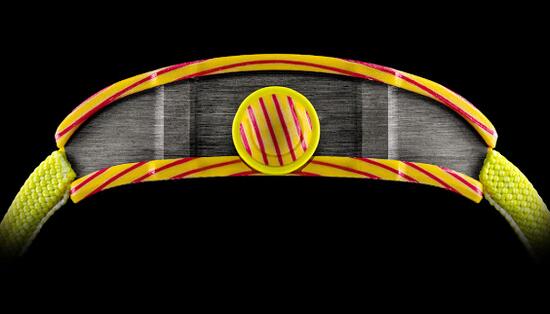
Used for winding and time adjustment, the Quartz TPT crown has the shape of a tennis ball giving the final touch to the watch. Its torque-limiting security system prevents from accidental overwinding, which could cause damage to the winding stem or place extreme pressure on the mainspring barrel. The rapid winding barrel provides an unvarying flow of energy for the full 70 hours of running time.
The new elastic strap, known as a ‘comfort’ band, offers an alternative to Velcro strap for even more lightness.
Produced in a limited edition of only 50 pieces, the hot-selling replica Richard Mille RM 27-03 Rafael Nadal has a price of Euro 806,000 / US$ 750,000.
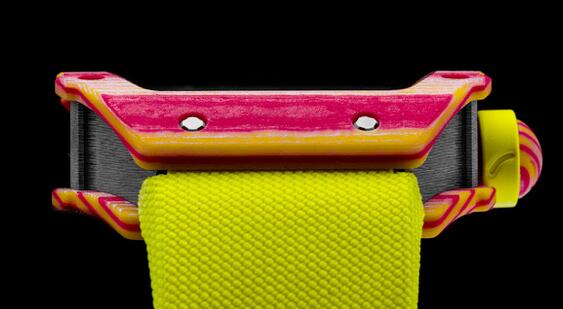
It should be noted that developing and working on such technologically advanced project with high-tech materials is extremely challenging, requiring cutting edge machinery and expert operators.
Large corporations spend several years of development and invest impressive amounts of money to use similar materials in the production of cars, airplanes or yachts. Imagine applying the same processes and technologies to the production of a 50-piece limited edition timepiece. It is easy to understand that huge investments on relatively small projects have an unavoidable impact on the final price of the product. But the result is a product where exclusivity is not simply coming from the value of the brand but also from intrinsic technological values.
